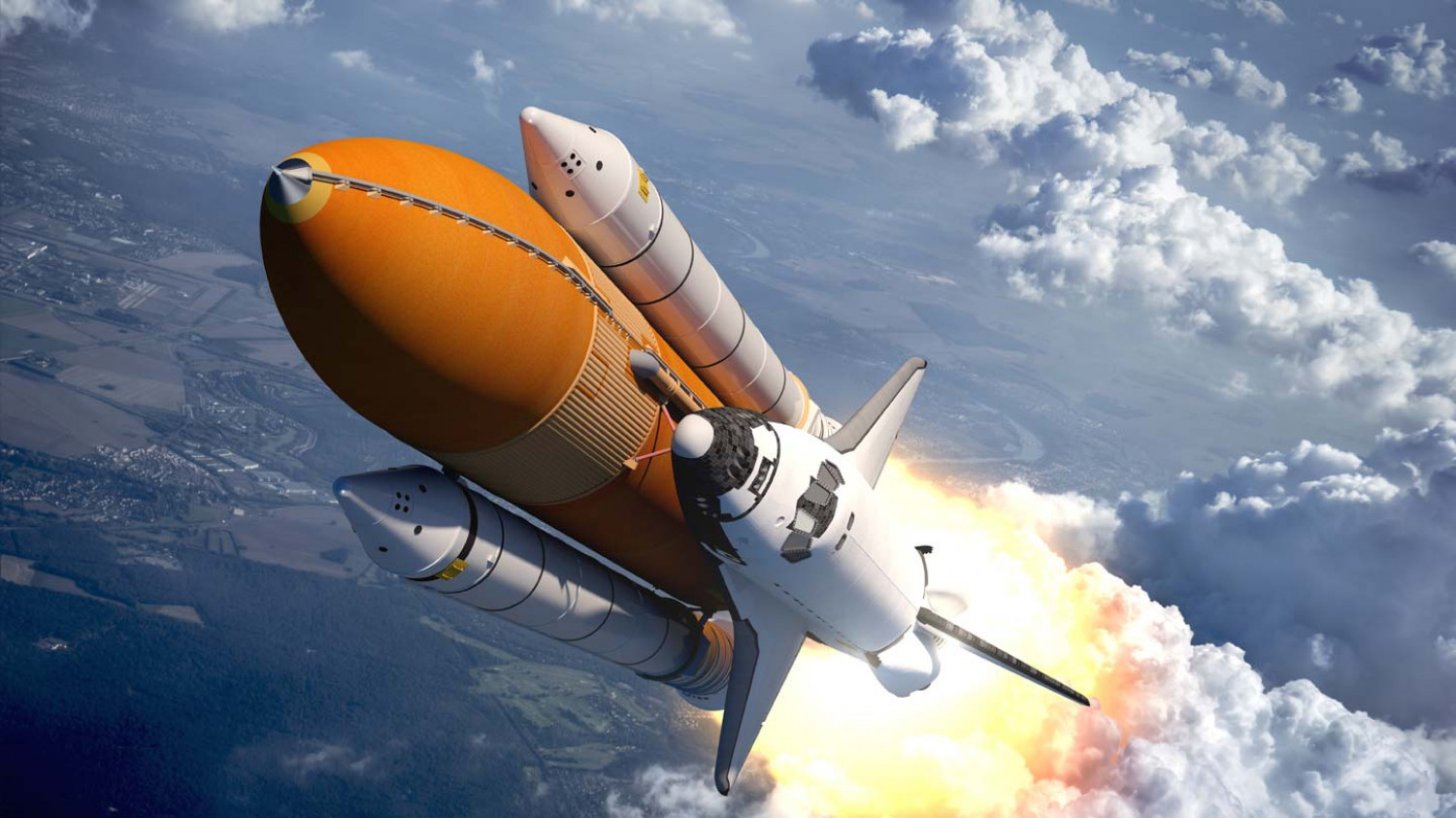

Leaving Earth: The Story of Space Travel
Explore space flight from the earliest attempts at rocketry to the future plan for space tourism. From the first dreamers who looked up at the moon to those who stepped on its surface, see the story of how mankind used the scientific method to break the bounds of gravity to leave Earth and travel into space.
Space Travel Firsts
- The Soviet Union achieved the first success of the Space Race when the Sputnik I artificial satellite was launched into low Earth orbit on October 4, 1957.
- The first human in space was Yuri Gagarin, a Soviet cosmonaut, in April 1961.
- Alan Shepard was the first American in space on May 5,1961. Though he did not achieve orbit, he was the first person to manually control his spacecraft.
- John Glenn was the first American to orbit the Earth on February 20,1962; he orbited the Earth three times, in 4 hours and 56 minutes, before splashing down in the Atlantic ocean.
- On June 16, 1963, Valentina Tereshkova ,a Soviet cosmonaut was the first woman in space.
- American astronauts Neil Armstrong and Buzz Aldrin landed on the moon on July 20,1969; the trip took just over three days. The astronauts walked on the moon’s surface and spent 2.5 hours collecting samples, taking photographs, and planting an American flag.
Leaving Earth Interactive Stations
Leaving Earth features interactive stations that challenge visitors to test their motor skills with robotic arms and to discover why planes can't fly in outer space. Students are encouraged to explore space travel with the Solar System Touch Panel, which puts the entire solar system at their finger tips.
